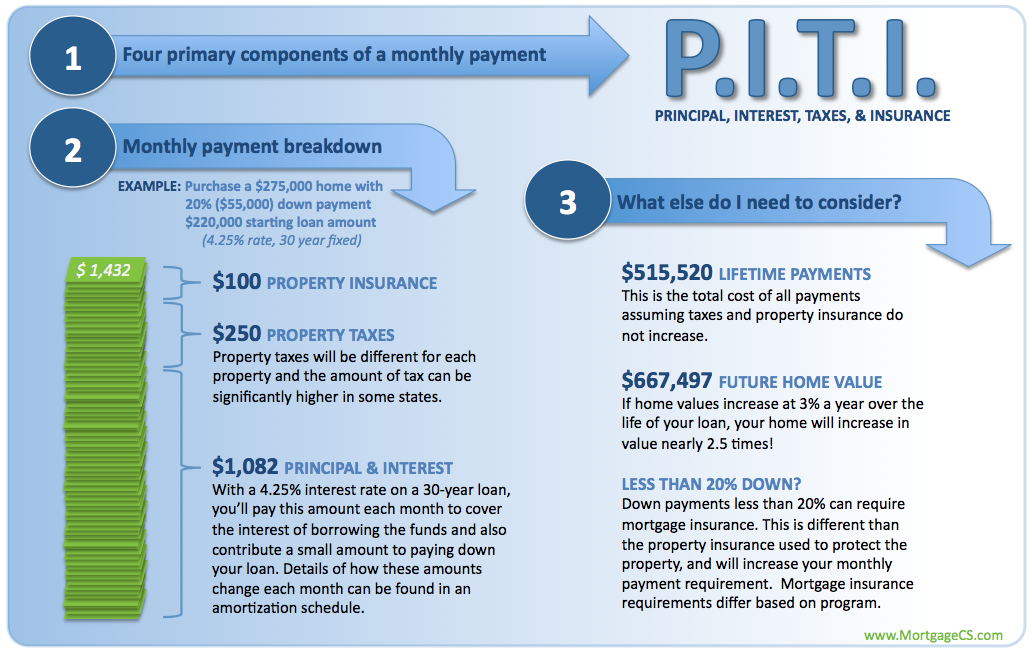What Are Small Amount Payments?
Small amount payments refer to financial transactions involving relatively low sums of money. These transactions can be for various purposes, such as purchasing everyday items, paying for services, or making micro-donations to charitable causes. The definition of a “small amount” can vary depending on the context and the individual’s perspective, but it generally includes payments that do not exceed a specific threshold, often set by financial institutions or payment platforms. The growing trend of making small amount payments has been facilitated by advancements in technology, including mobile payments and digital wallets, which have made transactions more accessible and convenient.
The Rise of Digital Payment Solutions
The rise of digital payment solutions has significantly contributed to the popularity of small amount payments. With the advent of smartphones and mobile apps, consumers can now make purchases quickly and effortlessly without the need for cash. Mobile payment systems, such as Apple Pay, Google Wallet, and various banking apps, allow users to link their bank accounts or credit cards and complete transactions in seconds. This ease of use has made it increasingly common for consumers to engage in small transactions, whether for coffee, snacks, or digital content like e-books and music. As more merchants adopt these technologies, the convenience of making small payments continues to encourage their growth.
Benefits of Small Amount Payments for Consumers and Merchants
Small amount payments offer numerous benefits for both consumers and merchants. For consumers, the ability to make quick and easy transactions means less time spent at checkout and the opportunity to manage their finances better. This is particularly advantageous for those who prefer to avoid carrying cash or want to keep track of their spending. On the merchant side, small payments can lead to increased sales volume, as customers are more likely to make impulse purchases when the price is low. Additionally, small payment options can attract a broader customer base, including those who may not have previously engaged with a particular business due to high prices. This mutually beneficial relationship can foster customer loyalty and increase overall revenue.
The Challenges of Processing Small Amount Payments
Despite their advantages, small amount payments also present challenges, particularly regarding processing fees and transaction costs. Many payment processors charge a fixed fee per transaction, which can significantly impact the profitability of low-value transactions for merchants. As a result, businesses must evaluate their pricing strategies and payment processing methods to ensure they can afford to accept small payments. Moreover, the risk of fraud can be higher with small transactions, as cybercriminals may target these payments, knowing they often involve less scrutiny. To mitigate these risks, businesses must implement robust security measures and educate customers about safe payment practices, ensuring a secure transaction environment for all parties involved.
In conclusion, small amount payments are an integral part of modern financial transactions, driven by technological advancements and consumer preferences. While they offer significant benefits, such as convenience and increased sales opportunities, it is essential for both consumers and merchants to be aware of the challenges that come with processing these transactions. By understanding the landscape of small payments and adopting best practices, stakeholders can navigate the complexities of this growing market effectively.컬쳐랜드카드

